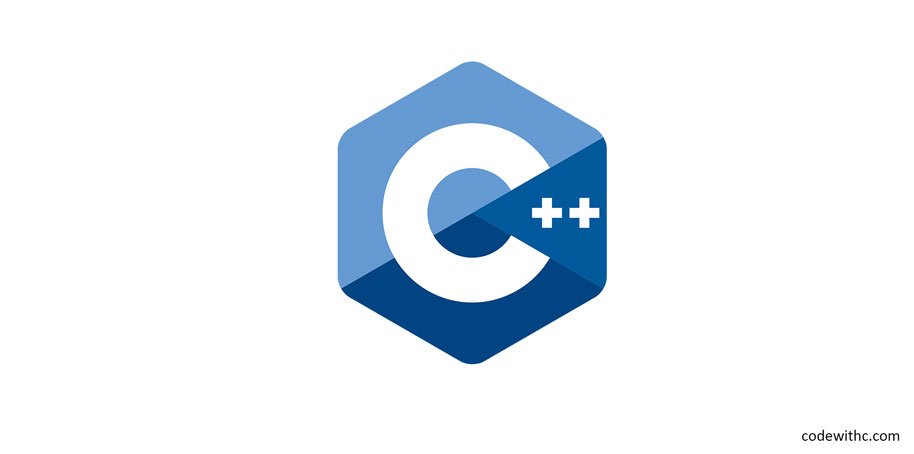The LED program is a simple, easy-to-follow tutorial to learn how to create a real-time LED display. It will show you how to control a single LED and display the color using the PWM pin. It will also teach you how to change the colors on the LED and how to combine multiple LEDs in series and parallel.
LED stands for Light Emitting Diode. This device is used to make the light and it is also used in the lighting devices. LED has many applications, one of them is its usage in lighting devices.
A lighting device is a small electronic device that is used to provide illumination. The lighting device is also called a light bulb. Lighting devices can be found in the home, office, factory, etc.
There are different types of lighting devices, one of them is the LED. LED is the most common type of light bulb. There are also other types of light bulbs which are also used in the lighting devices.
- The LED is also used in the display device. When you put an LED in a display, it will show the images, videos, etc. The LED is also used in the LCD screen.
- The LED is also used in the computer and it is also called as the computer monitor. LED is used in the television as well.
- The LED is also used in the mobile phones. The mobile phones use the LED to show the notifications, etc.
- So, the LED is one of the most important devices in the light and it is also used in the mobile phone.
- LED is also used in the electronic devices. The LED is also used in the power supply as it will give the stable and continuous supply of the power.
- The LED is also used in the computer as it will save a lot of the power. The LED is also used in the audio devices. The LED is also used in the radio, speakers, headphones, etc.
- The LED is also used in the household appliances. The LED is also used in the air conditioning, fans, heaters, etc.
The LED Program with Real-Time C++
The real-time C++ program is known for its ability to perform several processes in a second. But it is very difficult to learn and master. There are two different ways of learning. Either you can learn the program from scratch or you can learn a certain part of the program and then try to develop the other parts.

I have chosen the second option and here I am going to teach you how to develop a real-time C++ program.
Step 1: Prepare your environment
Your should be install C++ compiler on your PC, but if you are new then you can get it for free. There are many online websites that will provide you the software for free, but you need to download the software. After downloading the software, install it on your computer.
Step 2: Create the source code
The source code consists of many different parts. You need to prepare each of the part to make the program run in a different way.
To understand this, let’s see a simple program.
// Simple program
#include
using namespace std;
int main() {
cout<<"Hello World!";
return 0;
}
This program is a simple program that prints the text Hello World!. Let us take a look at this program. First, you need to include the necessary files to the header file. Here I have included the iostream library.
You can also include other libraries for any function you require. After including the necessary files, you need to write the actual code.
Here we have written only the main function, which will print the text. Now you have the main function ready. Now you need to start coding. You need to start coding by creating a new project in the Visual Studio. Once you have created the project, you need to create a header file and a source file.
// MyProgram.h
#pragma once
#include
using namespace std;
Source File
// MyProgram.cpp
#include "MyProgram.h"
int main()
{
cout<<"Hello World!";
return 0;
}
Step 3: Write your first LED Program
In order to embody the function of the application, class types that are encapsulated with procedural subrou- tines are combined with class types that are not. The main language elements of C++ are presented in this blog using a short, intuitive program that turns on an LEDs on the output port. In addition, other language features are introduced, such as the C++ standard library and optimization withCompile Time constants. The target system used in this blog is the 8-bit microcontroller.
This LED program uses a number of C++ language elements. This includes classes, namespaces, type definitions, C++ cast operators, direct memory access and a little bit of the C++ standard library.
// The LED program.
#include
#include "mcal_reg.h"
class led
{
public:
// Use convenient class-specific typedefs.
typedef std::uint8_t port_type;
typedef std::uint8_t bval_type;
// The led class constructor.
led(const port_type p,
const bval_type b) : port(p),
bval(b)
{
// Set the port pin value to low.
*reinterpret_cast(port) &= static_cast(~bval);
// Set the port pin direction to output.
*reinterpret_cast(port - 1U)
|= bval;
}
void toggle() const
{
// Toggle the LED via direct memory access.
*reinterpret_cast(port)
^= bval;
}
private:
// Private member variables of the class.
const port_type port;
const bval_type bval;
};
namespace
{
// Create led_b5 on portb.5.
const led led_b5
{
mcal::reg::portb, mcal::reg::bval5
};
}
int main()
{
// Toggle led_b5 in a loop forever.
for(;;)
{
led_b5.toggle();
}
}
Conclusion:
As I have taught you the basics of the LED program with real-time C++, now you can make your own program. If you have any doubts or problems, then you can ask me in the comments section. I will surely reply to your question.






